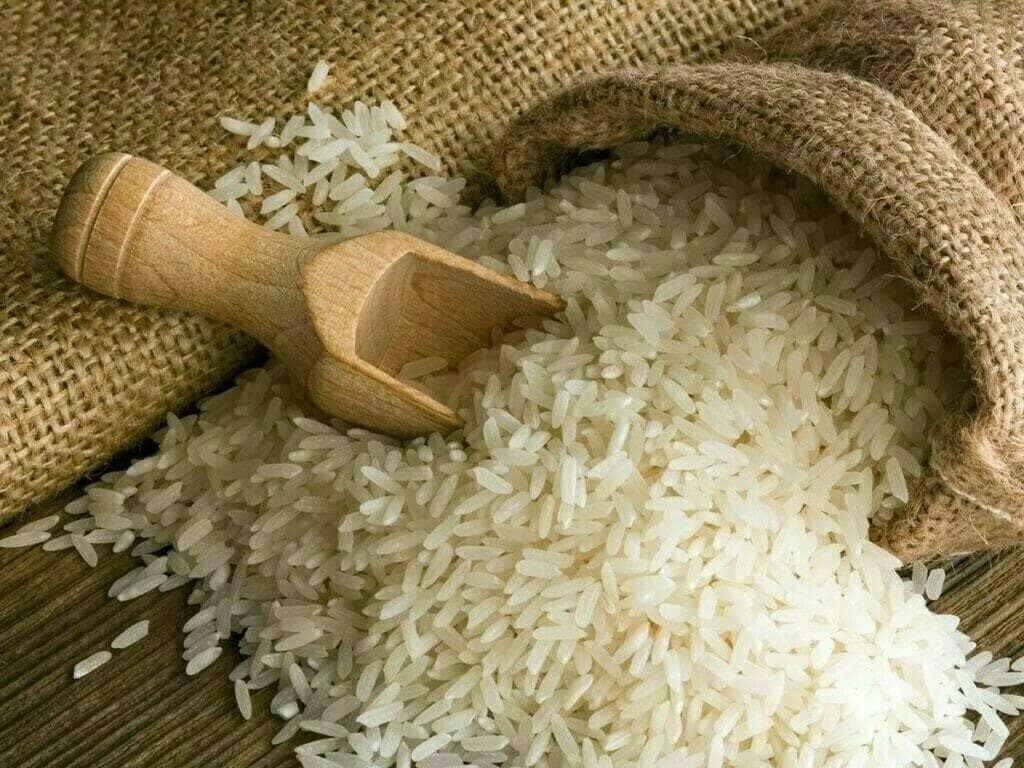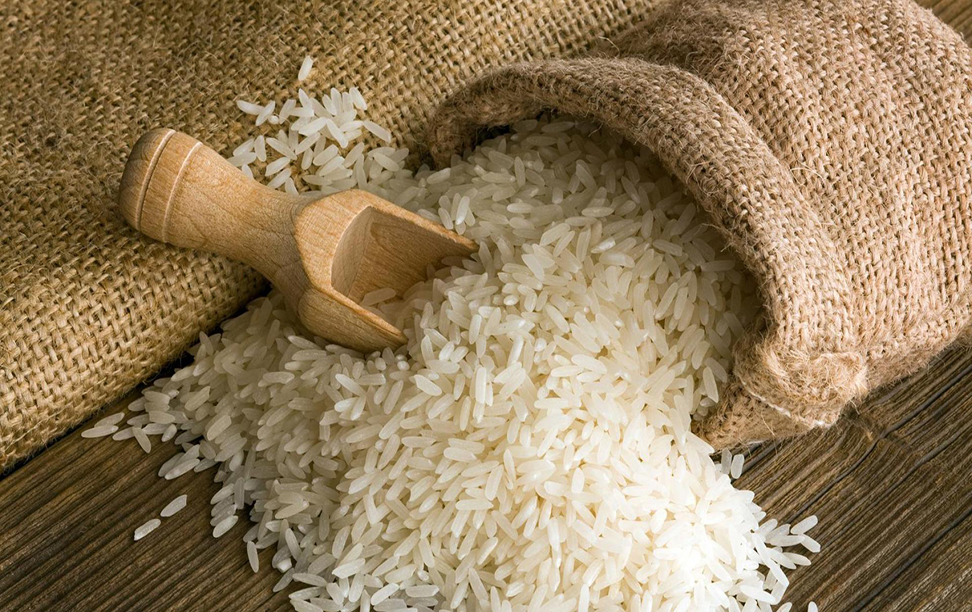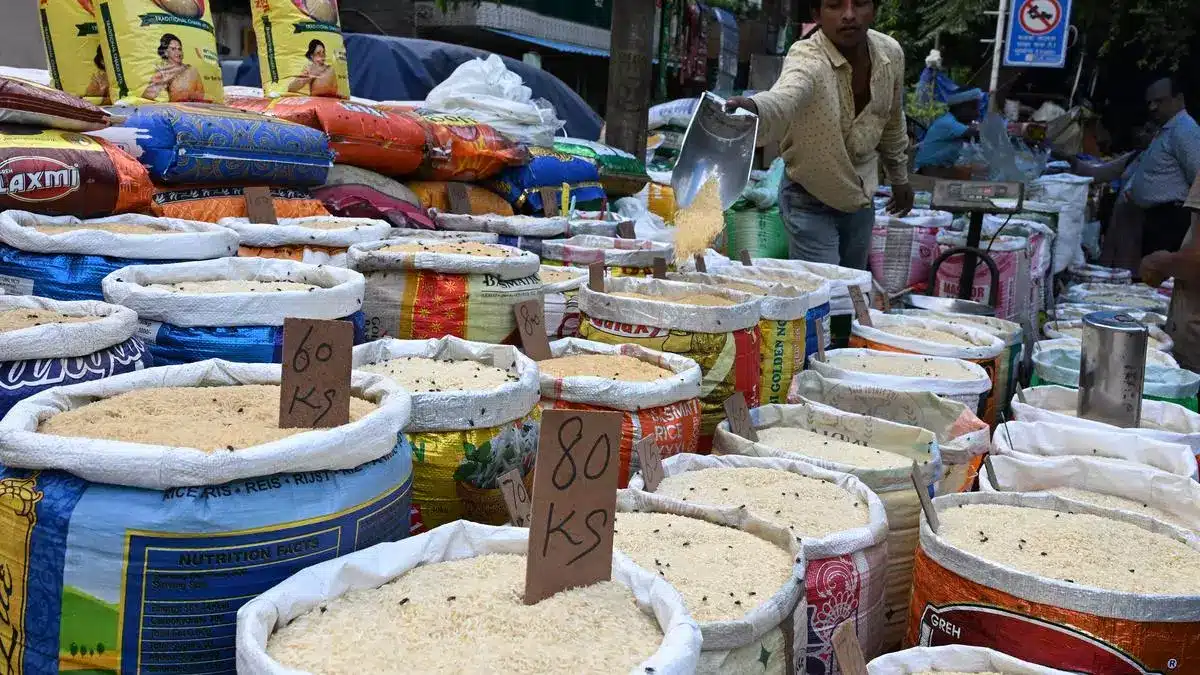Tags
Quality rice seed and stewardship of technology
Production and protection of Clearfield and Provisia rice varieties.

Zack Tanner’s family at Tanner Seed Company in Bernie, Mo. has been in the rice seed business since the 1970s, specializing in parent seed production since 2008.WHITNEY HAIGWOOD
Rice production takes ample management, and that is certainly the case for Zack Tanner and his family in the bootheel of Missouri. Tanner Seed Company serves as a pivotal point between the rice breeder and the broader market. They have produced rice seed on their operation for Horizon Ag since the early 2000s, with rice crops that yield parent seed to be sold and planted in upcoming production seasons.
This year, Tanner grew and harvested two of the newest Clearfield and Provisia varieties expected to debut on the 2024 market. Clearfield variety CLL19 and Provisia variety PVL04 will expand Horizon Ag’s portfolio, known for proven performance and alternate modes of action against herbicide resistant weedy rice.
Recently, Farm Press attended a Horizon Ag Field Day in Harrisburg, Ark., to learn from specialists, researchers, and producers about these new varieties. Tanner was amongst the presenters and invited Farm Press to his operation in the north Mississippi Delta to see the progress of his rice crop.
Pristine fields on Tanner’s farm serve as evidence of his commitment to rice production and bringing quality seed to market. By the same token, farmers and consultants are encouraged to practice good stewardship to help keep this technology around for the long haul.
Parent rice production
The Tanner family has been in the rice seed business since the 1970s, specializing in parent seed production since 2008. Clean fields are crucial to quality seed production, which makes management a bit more intense on Tanner’s operation.
“We only produce rice seed on our farm. We must maintain a very clean atmosphere throughout the growing season so we can see if there are any negative off types in our seed,” Tanner said.
The season begins by blocking drill openers at planting. This creates an unplanted lane every 20 feet through the rice field and makes it easier for the roguing crew to walk the fields later in the season.
“Since we produce registered seed, we physically walk every seed acre to remove any off types. The lanes help to guide us through the field,” he explained.
This process begins July 4 and continues through late August, just before the fields are drained. Since Tanner does not plant the levees for seed, he removes them completely for quick and easy draining.
“Tearing the levees down completely is kind of the silver lining in not getting to plant them. They are gone at harvest and the combines can go where they need to go,” Tanner said.
From there, harvested rice seed is taken to the seed company where it is dried, cleaned, and conditioned for the upcoming production season.
Tanner noted that another silver lining in rice seed production is getting firsthand experience with the new varieties. This year he grew Provisia PVL04 and Clearfield varieties CLL18 and CLL19, which all look fantastic.
For a closer look at these varieties on Tanner’s operation, you can check out this Farm Press slide show, Variety Spotlight: Clearfield and Provisia rice.
Provisia and Clearfield rice varieties
The latest variety from the Provisia Rice System is PVL04. It is the first Provisia variety to come from the rice breeding program at the University of Arkansas System Division of Agriculture and will be commercially available in 2024.
The performance of PVL04 is like that of its predecessor PVL03 with high yields and excellent weed control to manage resistant weedy rice, red rice, and grasses. PVL04 also contains the Pi-ks and Pi-ta blast resistance genes to minimize the threat of disease, and the variety earned a reputation in testing for great straw strength. It typically matures about two days later than PVL03.
Clearfield CLL19 is the newest rice variety from the Clearfield Production System with commercial availability in 2024. CLL19 was developed by the LSU AgCenter and will replace CLL17 and older Horizon Ag varieties like CL151, due to its significant advantages over those lines.
Adam Famoso, LSU AgCenter rice breeder, said the excitement about CLL19 coming to market is warranted based on five seasons of consistent, strong testing performance.
“It is shown to be a really high yielding line that is very, very stable,” Famoso said. “The yields are right up there with CLL16 and CLL18, and it has very good milling potential. CLL19 is also early, with a maturity more like CL111, but with much higher yield potential. It will fit well in a ratoon crop system.”
Tim Walker, Horizon Ag general manager said Provisia and Clearfield varieties are raising the bar for rice production and profit potential. He noted the cooperative effort across the rice industry to bring this elite technology to market.
“At our core, Horizon Ag has always been a partner-focused company, from our industry partners like BASF and seed retailers, to our close working relationship with university breeders, researchers and extension service leaders,” Walker said.
“For example, we have had a long working relationship with Zack Tanner in Bernie, relying on his expertise and commitment to produce the high-quality seed we offer each season. Another great example is our involvement in the Provisia Working Group, which brought the industry together to develop best management practices (BMPs) to prevent outcrossing issues and help farmers maximize productivity with Provisia rice.
Technology stewardship
The topic of stewarding these technologies surfaced during a presentation by Jason Norsworthy, distinguished professor of weed science at the Arkansas Division of Ag. While Provisia and Clearfield varieties are excellent for weed control, Norsworthy cautioned about the need to preserve the integrity of the technology.
“The Provisia Rice System is all we are going to have for the next few years to control the weedy rice and resistant red rice issues that are costing farmers significant production and profit potential year after year. We have good Provisia varieties that perform consistently, and we must steward and protect this technology, so it is around for years to come,” Norsworthy said.
One stewardship recommendation is the move from a two-pass herbicide system to a three-pass system. Norsworthy suggested 10 fluid ounces at the 2-leaf growth stage, 10 fluid ounces at the 5-leaf growth stage, and finally, a post-flood application to reduce the risk of weedy rice coming to seed and outcrossing.
Crop rotation is another management practice to preserve both the Provisia and Clearfield technologies; because consecutive planting of one or both, year after year, can lead to herbicide resistance.
The Provisia Working Group will finalize its revised BMPs in the coming weeks and share those recommendations with farmers and the industry during winter meetings ahead of the 2024 season.
https://www.farmprogress.com/rice/quality-rice-seed-and-stewardship-of-technology-Published Date: October 20, 2023







